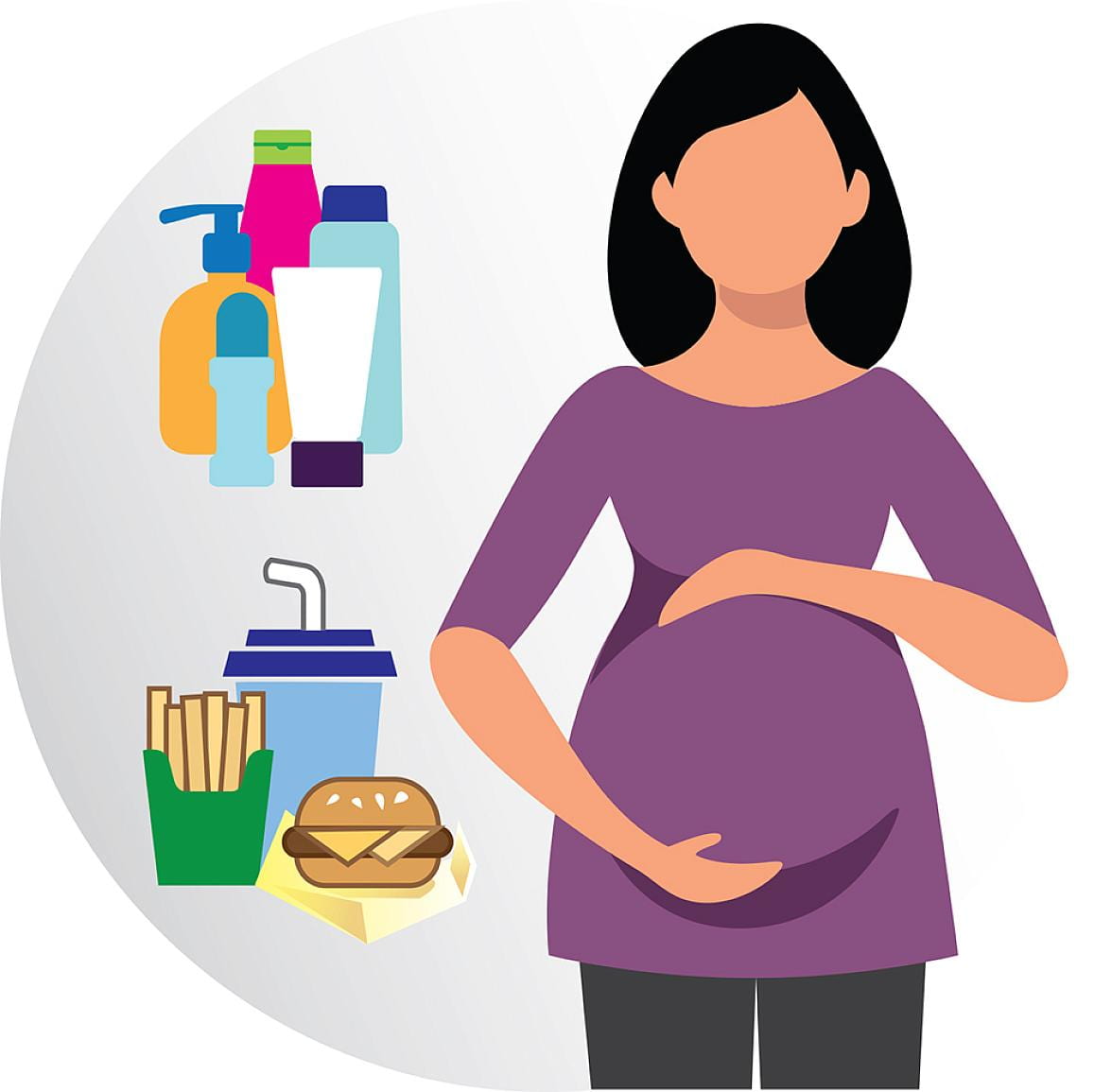Multi-Cohort Study Including PROTECT Finds Link Between Phthalate Exposure and Preterm Birth
A National Institutes of Health (NIH) study published today in JAMA Pediatrics provides further evidence for a link between multiple phthalate exposure and an increased risk of preterm birth. This is a multi-cohort study led by National Institute of Environmental Health (NIEHS) Epidemiology Branch Investigator and former PROTECT Project 1 trainee Dr. Kelly Ferguson. Many of the phthalates found to be risk factors for preterm birth are common in consumer products.
The study pooled individual data from 6045 participants across 16 preconception and pregnancy studies throughout the US. A total of 539 participants delivered preterm. PROTECT’s Puerto Rico cohort served as a primary cohort, contributing 1101 participants to the study. The use of multiple cohorts made this study the largest to date on this topic.
Phthalate metabolites were quantified in urine samples collected by the cohorts during pregnancy as biomarkers of phthalate exposure. Researchers then used logistic regression models to examine associations between each of the phthalate metabolites, of which there were eleven, with the odds of preterm birth.
Models showed that higher urinary metabolite concentrations for several phthalates were associated with greater odds of delivering preterm. These findings confirm that commonly used phthalates are a risk factor for preterm birth. Four phthalates, MBP, MiBP, MECPP, and MCPP, were associated with a significantly greater probability of preterm birth, ranging from 14% to 16% increased likelihood. Nine of the eleven measured phthalates were detected in more than 96% of participants. The phthalate detected in the lowest number of participants, MEHP, was still detected in 83% of the women.
The study went a step further to analyze hypothetical interventions to reduce phthalate exposure to see how this could affect preterm birth probability. Researchers used g-computation to estimate the effects of these hypothetical interventions, which included behavioral changes by the mothers, voluntary actions from companies to not use phthalates, and regulatory interventions from governments and agencies. Among 90 preterm births per 1000 live births, reducing the mixture of phthalate metabolite levels by 10%, 30%, and 50% was estimated to prevent, respectively, 1.8, 5.9, and 11.1 preterm births. Ultimately, this means that cutting a person’s phthalate exposure in half could prevent preterm birth by 12% on average.
This study confirms that phthalate exposure is widespread among pregnant women, as it is among most of the U.S. population. It also confirms that phthalate exposure, and other environmental contaminants, may be a risk factor for preterm birth. Eliminating all phthalate exposure is incredibly difficult given their prevalence in popular products, but the finding that reducing levels of phthalate exposure can reduce preterm birth likelihood shows that even small reductions in exposure can positively impact birth outcomes.
PROTECT’s strong cohort and data infrastructure makes participating in these large, multi-cohort studies possible. These findings, in a high number of participants, help scientists better understand risk factors for preterm birth, and what can be done to curb preterm birth.
You can hear more from lead author Kelly Ferguson in NIH’s press release, and read the full study here.

Pregnant women can be exposed to phthalates through a variety of products, foods, and more. Photo credit: NIH
